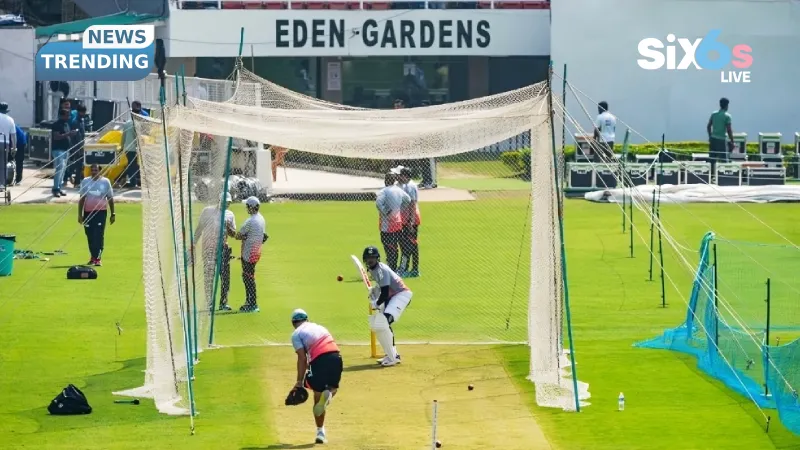The first test match in Kolkata in six years will be a Red Ball test; however, the excitement lies not in the batting line-up, but rather beneath it. The famous Black soil pitch at Eden Gardens has begun to show some signs of aging. There is little to no live grass on the pitch, and the bounce is likely to flatten by halfway through the match. Throughout history, fast bowling has been successful at this venue. In the last 15 years, fast bowlers have accounted for approximately 61 percent of all wickets taken at major Indian venues. The most recent series victory by South Africa against Pakistan, and India’s desire to avoid “rank” turners, suggest that the Test Match may be decided by reverse swing, lateral movement from the morning sun, and the rate of deterioration of the surface. It is an uncommon situation for sub-continental cricket where spin is generally the dominant force. If Eden Gardens performs as it normally does, the fast bowler’s dominance may again reign supreme in a land traditionally controlled by spin.
Quick Bounce, Slowing Surface
Eden’s black-soil strip should give a reasonable amount of bounce early on; however, experience indicates that there could well be a need for some patience. As opposed to the relatively easy five-day win for India at Delhi’s Arun Jaitley stadium against the West Indies, the pitch in Kolkata is likely to get very uneven from an early stage. For the first two or three days, batsmen are likely to find it possible to score runs with ease; however, once the cracks start to appear and the dirt starts to dry out, batsmen will have to contend with a varied bounce – ideal conditions for reverse swing and bowlers that can exploit the fading light.
Seamers’ Paradise in Numbers
The advantage of pace bowling in Kolkata is massive statistically, with 97 wickets taken by fast bowlers across six Tests over 15 years recorded at an average of 61% strike rate — that’s the fastest in India. The cooler temperature in the mornings and evenings will create greater lateral movement on the ball than in warmer conditions, which would help to even further skew the balance away from the spinners who usually dominate. This may allow Indian bowlers such as Jasprit Bumrah and Shardul Thakur to put South African batsmen under pressure very early using attacking field placements so that they are challenged with their batting skills before the surface breaks down into a slow and tricky condition.
South Africa’s Spin Credentials Tested
The spin-friendly pitches of South Africa can be expected to change when the three slow bowlers Muthusamy, Maharaj, and Harmer travel to the turner of Eden Gardens. Although the track will eventually provide some turns, it is unlikely to do so immediately, requiring them to be patient and adaptable, as the three men have never experienced anything like the conditions they will find at Eden Gardens before. The combination of early reverse swing, followed by later subtler turn, presents an additional test of their flexibility in new subcontinent conditions than what they were used to finding at Rawalpindi.
Toss: Marginal Influence, Major Drama
With the early seam-friendly conditions and with the slowing surface in later stages, a toss is likely to be less important than normal. While it’s possible to dominate by being the first team to bat, there is also still a possibility for the second team to take advantage of the deteriorating bounce. This creates a situation where strategy and field placements are significantly more important than a simple coin toss, turning the battle into a chess match for both captains, in addition to a game of bat and ball.
Stay updated on the latest cricket news and exciting updates at Six6slive. Dive into our in-depth articles and analyses to connect with the action today!
